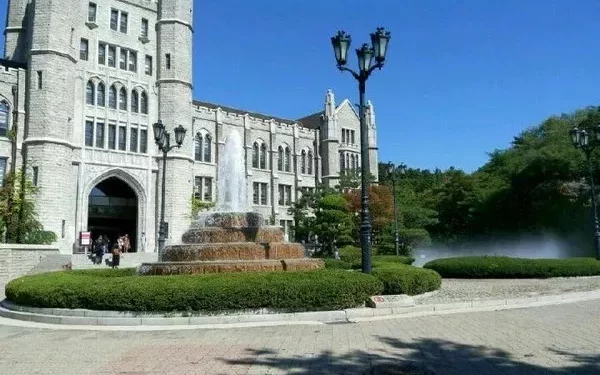High school is not just a time for academic growth; it’s an opportunity for personal and cultural exploration. Student exchange programs stand as gateways to a world of experiences, offering high schoolers the chance to broaden their horizons, embrace new cultures, and forge lifelong connections. In this guide, we will delve into the exciting realm of student exchange programs, shedding light on the benefits, processes, and transformative potential that awaits adventurous students.
Defining Student Exchange Programs:
a. Overview:
Begin by defining student exchange programs as immersive educational experiences that allow high school students to live and study in a foreign country, often for a semester or an academic year.
b. Cultural Exchange Focus:
Emphasize the cultural exchange aspect, highlighting how these programs provide students with a unique opportunity to engage with a new culture and educational system.
Benefits of Student Exchange Programs:
a. Cultural Immersion:
Discuss the transformative experience of cultural immersion, where students live with host families, attend local schools, and truly become a part of the community.
b. Language Proficiency:
Highlight the language benefits, as students often have the chance to enhance their language skills through daily interactions and academic experiences in a foreign language.
c. Global Perspective:
Explore the development of a global perspective, emphasizing how exposure to different cultures fosters open-mindedness, adaptability, and a deeper understanding of the world.
d. Personal Growth:
Discuss the personal growth opportunities, including increased independence, resilience, and the development of problem-solving skills that come from navigating a new environment.
Popular Destinations and Programs:
a. Diverse Destinations:
Introduce some popular destinations for student exchange programs, showcasing the diversity of options available, from European cities to Asian landscapes and beyond.
b. Program Types:
Discuss different program types, including academic exchanges, language-focused programs, and cultural immersion experiences, allowing students to choose a program that aligns with their interests.
c. Duration Options:
Highlight the flexibility in program durations, from short-term summer exchanges to full academic year experiences, accommodating the varying needs and preferences of high schoolers.
Eligibility and Application Process:
a. Eligibility Criteria:
Provide an overview of typical eligibility criteria, including age requirements, academic performance, and language proficiency, ensuring students and parents understand the prerequisites.
b. Application Process:
Walk through the application process, from researching and selecting a program to completing the necessary paperwork, obtaining recommendations, and preparing for interviews.
c. Financial Considerations:
Address the financial aspects, discussing potential costs, available scholarships, and fundraising opportunities to make the experience accessible to a diverse range of students.
Preparing for the Experience:
a. Cultural Sensitivity:
Emphasize the importance of cultural sensitivity and preparation, providing tips on understanding local customs, norms, and expectations.
b. Communication Skills:
Highlight the significance of effective communication skills, encouraging students to be proactive in reaching out to host families, fellow students, and program coordinators.
c. Health and Safety:
Discuss the importance of health and safety considerations, including vaccinations, travel insurance, and understanding emergency procedures in the host country.
Post-Exchange Reflection and Integration:
a. Reflecting on the Experience:
Encourage students to reflect on their experiences post-exchange, considering the personal and academic growth, friendships made, and the impact on their perspectives.
b. Sharing Insights:
Discuss the value of sharing insights with peers, educators, and the local community, fostering a sense of global awareness and appreciation for diverse cultures.
Conclusion:
Summarize the enriching potential of student exchange programs for high schoolers. Reiterate the benefits of cultural immersion, language proficiency, personal growth, and the lasting impact on students’ perspectives and futures.
In conclusion, student exchange programs open doors to a world of possibilities for high schoolers. Through these immersive experiences, students not only enhance their academic and language skills but also embark on a transformative journey that shapes their understanding of the world and their place in it. For those seeking adventure, personal growth, and the chance to broaden their horizons, student exchange programs offer an exciting pathway to global exploration.
Related information:



















